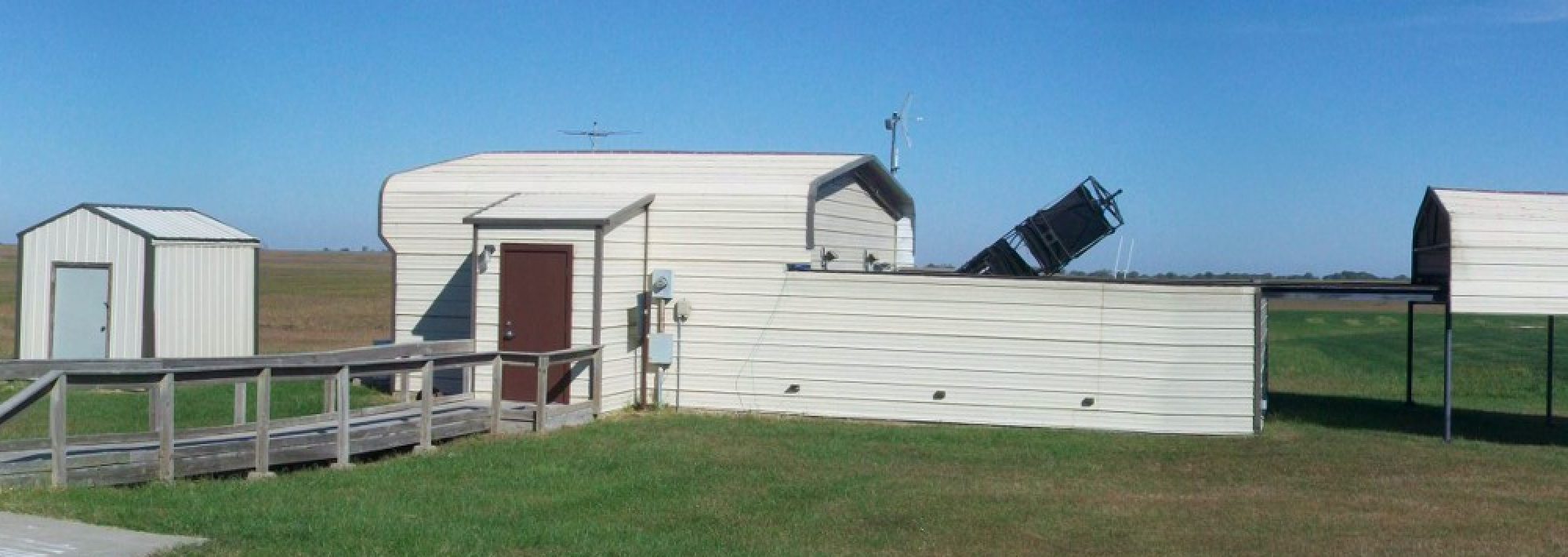In a matter of minutes, you can do science and report it from your home computer or mobile device. NEKAAL is encouraging as many people as possible to participate in the Globe At Night program.
During a specified time period, just look at a certain part of the sky and match against a group of charts. Enter information and you’ve just contributed to science!
There’s one observing window each month. The next reporting period begins on September 15. For information on how to participate, go to the Globe At Night website here: http://www.globeatnight.org/5-steps.php

